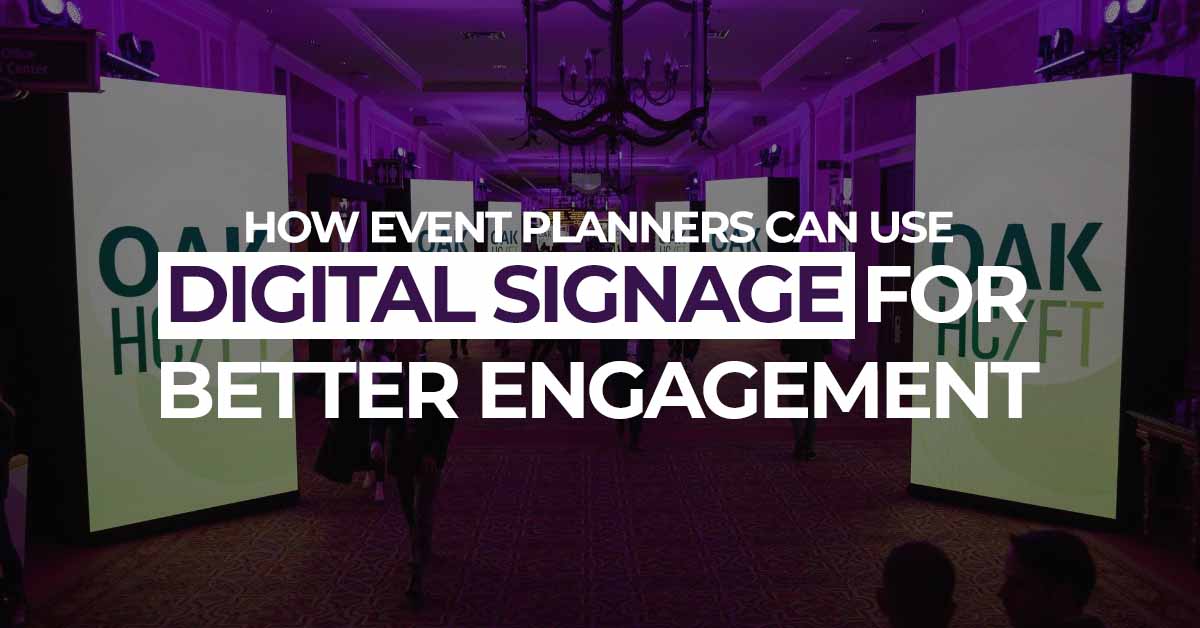Name boards are an essential aspect of our everyday surroundings, often taken for granted but immensely influential in conveying information and setting the tone for spaces. From businesses to residences, institutions to public areas, name boards serve various purposes beyond mere identification. In this comprehensive guide by Hitech Vision, we delve into the diverse types of name boards, their significance, and the role they play in shaping our environments.
Traditional Signboards:
Traditional signboards like Metal Letters Chennai typically consist of text or graphics displayed on a flat surface, often made of materials like wood, metal, or acrylic. These boards are commonly found in commercial establishments, displaying the name of the business, its logo, and sometimes additional information such as operating hours or contact details. They serve as a visual representation of the brand identity and help customers locate the establishment easily.
Illuminated Signage:
Illuminated name boards use lighting elements such as LEDs or fluorescent tubes to enhance visibility, particularly in low-light conditions or during nighttime. These boards are favored by businesses operating round the clock or those seeking to attract attention during evenings. Illuminated signage adds a touch of sophistication and ensures that the message is prominently displayed, making it a popular choice for storefronts and corporate offices.
Digital Displays:
With advancements in technology, digital name boards have gained popularity for their dynamic capabilities because of the innovative ideas of Name Board Makers in Chennai. These displays utilize LED screens or electronic panels to showcase changing messages, advertisements, or multimedia content. Digital name boards offer versatility and can be updated remotely, making them ideal for businesses wanting to convey real-time information or promotional offers. They are very commonly seen in shopping malls, airports, and large corporate buildings.
Wayfinding Signage:
Wayfinding name boards are designed to assist people in navigating complex environments such as hospitals, campuses, or transportation hubs. These boards typically feature directional arrows, maps, and clear instructions to guide visitors to their intended destinations. Wayfinding signage plays a crucial role in enhancing user experience, reducing confusion, and improving accessibility within large premises.
Architectural Lettering:
Architectural lettering involves the use of three-dimensional letters or symbols to create a visually striking display. These name boards often integrate seamlessly with the building’s architecture, adding an aesthetic element to the facade. Architectural lettering can be crafted from materials like metal, acrylic, or foam, allowing for customization in terms of size, font, and finish. They are commonly used for building identification, monuments, or landmark signage.
Personalized Name Plates:
Personalized name plates are prevalent in residential settings made by Sign Board Manufacturers in Chennai, serving as a form of individual expression and identity. These name boards typically feature the family name or the occupant’s name and are often embellished with decorative elements or motifs. Personalized name plates come in a variety of materials, including wood, brass, ceramic, or glass, allowing homeowners to add their personal touch to their property.
Regulatory Signage:
Regulatory name boards convey important information related to safety, rules, or regulations in various settings. Examples include traffic signs, warning signs, and informational placards in public spaces. Regulatory signage is essential for maintaining order, preventing accidents, and ensuring compliance with legal requirements. These boards are characterized by standardized symbols, colors, and formats for universal understanding.
Environmental Graphics:
Environmental graphics encompass a wide range of name boards designed to enhance the aesthetic appeal of indoor and outdoor spaces. These boards may feature artistic elements, murals, or thematic designs that reflect the cultural or historical context of the surroundings. Environmental graphics contribute to creating immersive environments, fostering a sense of identity, and engaging viewers on a visual level.
Conclusion:
Name boards serve as more than just identifiers; they are integral components of our built environment, shaping the way we perceive and interact with spaces. From traditional signboards to digital displays, each type of name board serves a specific purpose, whether it’s branding, wayfinding, or regulatory compliance. Understanding the diversity of name boards allows us to appreciate their significance in enhancing communication, aesthetics, and functionality in our surroundings. As we continue to innovate and evolve, name boards will undoubtedly remain essential elements in the fabric of our urban landscapes.






